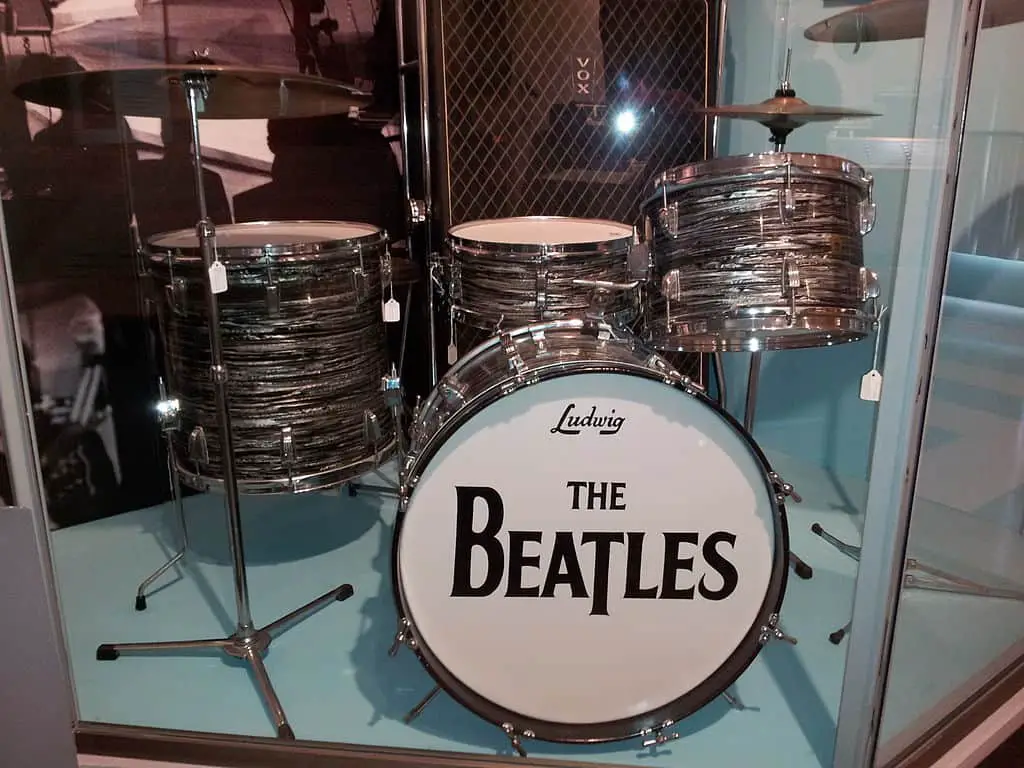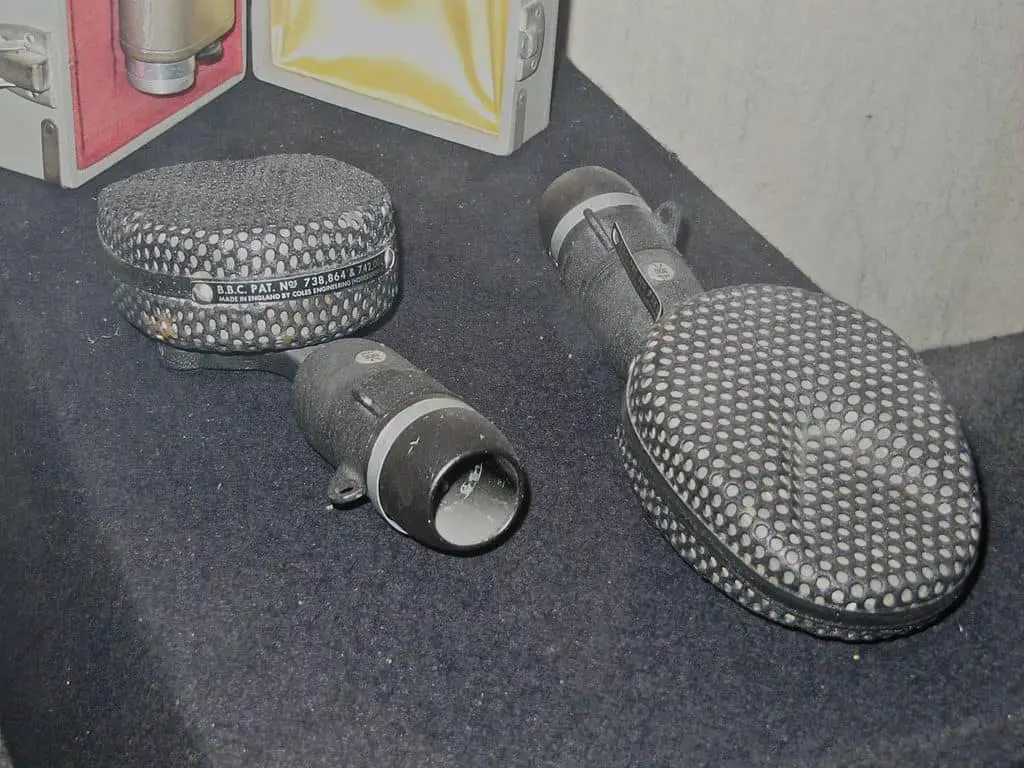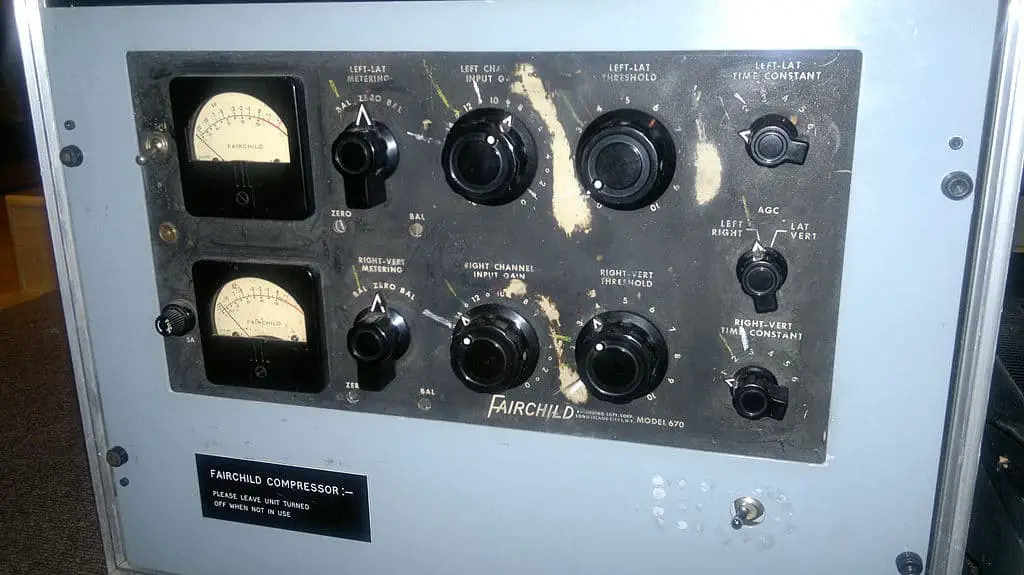From Wikipedia, the free encyclopedia
| «The Word» | |
|---|---|
Philippine single label |
|
| Song by the Beatles | |
| from the album Rubber Soul | |
| Released | 3 December 1965 |
| Recorded | 10 November 1965 |
| Studio | EMI, London |
| Genre | Rock,[1] R&B[2] |
| Length | 2:41 |
| Label | Parlophone |
| Songwriter(s) | Lennon–McCartney |
| Producer(s) | George Martin |
«The Word» is a song by English rock band the Beatles, written by John Lennon and Paul McCartney and recorded with Lennon on lead vocals. It was first released on their 1965 album Rubber Soul.
Composition[edit]
The song was co-written by John Lennon and Paul McCartney. According to Lennon, it was written together but it was «mainly mine».[3]
Music[edit]
Musically, the song is founded on a driving funk beat, with few chord changes and a simple melody in the key of D major.[4][5] (The refrain is a 12 bar blues in D. The main chord is D7(♯9), also used in «Drive My Car» and «Taxman».)
Paul McCartney said of this song, «John and I would like to do songs with just one note like ‘Long Tall Sally’. We get near it in ‘The Word'».[6]
Reception[edit]
In his review for the 50th anniversary of Rubber Soul, Jacob Albano of Classic Rock Review writes that «The Word» is the first song on its parent album not to be «absolutely excellent,» calling the harmonies «a bit too forced.»[7] However, Albano still considered the song «entertaining», and complimented the «piano backdrop» and Starr’s drum performance.[7]
In 2018, the music staff of Time Out London ranked «The Word» at number 33 on their list of the best Beatles songs.[8]
Personnel[edit]
According to Walter Everett,[9] except where noted:
The Beatles
- John Lennon – lead vocal,[nb 1] rhythm guitar
- Paul McCartney – falsetto and double-tracked backing vocals, bass, piano
- George Harrison – double-tracked backing vocal, lead guitar
- Ringo Starr – drums, maracas[11]
Additional musician
- George Martin – harmonium
Notes[edit]
- ^ On the US stereo release of Rubber Soul, Lennon’s lead vocal is double-tracked during the song’s bridge.[10]
References[edit]
- ^ Hamelman, Steven L. (2004). But Is It Garbage?: On Rock and Trash. University of Georgia Press. p. 11.
- ^ Young, Alex (19 September 2009). «Album Review: The Beatles – Rubber Soul». Consequence of Sound. Retrieved 7 February 2019.
- ^ «Beatles Songwriting & Recording Database: Rubber Soul». Beatlesinterviews.org. Retrieved 21 August 2011.
- ^ Pollack 1993.
- ^ MacDonald 2007, p. 498.
- ^ Aldridge 1990, p. 24.
- ^ a b Albano, Jacob (3 December 2015). «Rubber Soul by The Beatles». Classic Rock Review. Retrieved 3 March 2019.
- ^ Time Out London Music (24 May 2018). «The 50 Best Beatles songs». Time Out London. Retrieved 4 March 2019.
- ^ Everett 2001, pp. 331–332.
- ^ Winn 2008, p. 375.
- ^ MacDonald 2007, p. 178.
Sources[edit]
- Aldridge, Alan (1990). The Beatles Illustrated Lyrics. Boston: Houghton Mifflin / Seymour Lawrence. ISBN 0-395-59426-X.
- Everett, Walter (2001). The Beatles as Musicians: The Quarry Men through Rubber Soul. New York: Oxford University Press. ISBN 978-0-19-514105-4.
- MacDonald, Ian (2007). Revolution in the Head: The Beatles’ Records and the Sixties (Third ed.). Chicago: Chicago Review Press. ISBN 978-1-55652-733-3.
- Pollack, Alan W. (4 May 1993). «Notes on The Word». Notes on … Series.
- Miles, Barry (1997). Paul McCartney: Many Years From Now. New York City: Henry Holt and Company. ISBN 9780805052480.
- Winn, John C. (2008). Way Beyond Compare: The Beatles’ Recorded Legacy, Volume One, 1957–1965. New York: Three Rivers Press. ISBN 978-0-307-45157-6.
External links[edit]
This post may contain affiliate links. As an Amazon Associate I earn from qualifying purchases.
If the most famous pop/rock band of all time recorded drums using two microphones, that should be good enough for the rest of us. Right? So, how did The Beatles record drums anyway? Did they actually just use only two microphones? Was there anything else worth mentioning? Let’s find out!
If you’ve been asking yourself “how did The Beatles record drums”, you’re most likely interested in recording your own drums. “If it’s good enough for them, it’s good enough for me”! Well, I was in the same position and that’s how I discovered that recording drums with two microphones was possible (more than possible). However, there are many ways to record drums with two microphones. We’ll be discussing how The Beatles did it and what types of microphones they were using.
- The Beatles recorded drums with two microphones
- Which microphones did The Beatles use to record drums?
- Which signal processors did The Beatles use to record drums?
- The Beatles changed the way we record drums
The Beatles recorded drums with two microphones
For the most part, The Beatles used two microphones to record their drums. In the 60s, most bands recording at Abbey Roads studios were using the same technique and that includes some other famous examples such as Pink Floyd!
Needless to say, recording drums with two microphones yields professional results.
However, it’s worth mentioning that the late 60s witnessed the addition of a third microphone. It was placed underneath the snare drum to add more “punch”. That being said, it wasn’t always the case so I don’t think it’s an essential part of their sound.
The essential part of their sound relied heavily on the microphone placement.
We’re talking about the overhead + kick drum microphone combinations.
It’s also important to remember that The Beatles (and others) recorded drums in mono. In other words, we’re working with ONE overhead microphone and not the stereo pair we’ve grown accustomed to seeing in the 21st century.
To be more specific:
- The overhead microphone was placed about 1.5 meters above the snare
- The kick drum microphone was placed about 8-10 centimeters in front of the kick
This microphone configuration is still widely used today. It’s also quite common to have the mono overhead replaced with a pair of matched stereo microphones. However, the essential setup requires only TWO microphones.
The question remains… Which microphones?
Which microphones did The Beatles use to record drums?
As the sound of The Beatles evolved, so did their selection of equipment. The only way to determine which microphones they used would be to study each album/era independently.
It really depends on the sound you’re going for.
That early-Beatles/Abbey Roads sound used:
- STC/Coles 4038 as the overhead microphone
- STC/Coles 4033-A as the kick drum microphone
Sometimes, the AKG D20 would be substituted for the kick drum. However, you’d be fortunate to have access to any of these original microphones. Luckily, there are many recreations of these legendary microphones.
For the kick drum, you’ll be better off with the AKG D112 (recreation of the AKG D20).
For the overhead microphone, you’ll have difficulty finding anything that competes with the STC/Coles 4038.
Just keep in mind that the microphones they were using were both dynamic (ribbon). To be more specific, the overhead microphone was bi-directional while the kick drum microphone was a combination of bi-directional/omni-directional (combining them resulted in the uni-directional (cardioid) polar pattern).
In other words, you’ll want to work with ribbon microphones if you want that “vintage” sound.
I personally believe you can work with any microphone as long as it fits these criteria. If you’re looking for something more affordable than the Coles 4038, I recommend reading my product review on the Avantone Pro CR-14 dynamic (ribbon) microphone.
https://decibelpeak.com/best-budget-ribbon-mic/
Which signal processors did The Beatles use to record drums?
Now, one of the most important characteristics of the Abbey Road sound (aka The Beatlemania sound) was the use of the Fairchild compressor/limiter. If you haven’t got one of these luxurious units at your disposal, you can always use Universal Audio’s excellent plugins.
So, compression was one of the essential elements of that classic sound.
To be more precise, the compression was quite aggressive, especially on the kick drum. The resulting “squashed” sound was obtained by sending the entire mix through the Fairchild. That’s why the cymbals sound the way that they do.
It wouldn’t sound the same if they were all sent individually, remember that!
It’s also important to boost the top-end to compensate for any loss of transient-response.
Engineers at Abbey Roads would usually boost 10 dB at 10,000 Hz. Another EQ technique that they used was the so-called “filtered reverb”. It can be achieved by sending an alternate version of the mix with the low frequencies (below 600 Hz) and high frequencies (above 10,000 Hz) cut.
It should be sent to either:
- Plate Reverb
- Chamber Reverb
It’ll really add some wetness to the dry sound of the un-processed drums.
Other than that, just keep in mind that everything was recorded in mono in the 60s. However, there’s nothing stopping you from taking what you’ve learned here and applying it to stereo.
It just won’t sound the same, but that’s not necessarily a bad thing.
Either way, the best way to have access to these legendary signal processors is by integrating Universal Audio’s revolutionary technology into your workflow. I seriously recommend checking out my article entitled “are Universal Audio interfaces worth it” to get a better understanding.
Otherwise, you’ll have to think about doing some serious collecting (and saving up, of course).
The Beatles changed the way we record drums
It’s true that The Beatlemania sound evolved throughout the years. Albums like Sgt. Pepper’s Lonely Hearts Club Band witnessed the addition of even more microphones. We’re talking about microphones for each tom and even the cymbals (like the hi-hat).
That’s starting to sound more like the contemporary sound used by rock bands today.
However, the original Beatles sound was achieved by simply combining two microphones. One overhead and one kick drum microphone is all it took to change the way we heard music.
It’s not the only way to record drums with two microphones though!
I recommend reading this blog post if you’re looking for some more ideas.
Other than that, it’ll take some serious planning if you’re looking to emulate The Beatles. The STC/Coles 4038 are really expensive and so are the STC/Coles 4033-A. You’ll be better off with the AKG D112 for the kick drum microphone though.
I also think you’d be satisfied with any decent ribbon microphone for the overhead.
As far as signal processing, there’s nothing better than Universal Audio in my opinion.
So, you’ll most likely need to compromise here and there, but you now know how to achieve The Bealtes drum sound. That’s how the most famous pop/rock band in history recorded drums, but what about you?
Let us know how you do things in the comments!
How did The Beatles record drums anyway? It was one of my most pressing questions. I knew what I was looking for in terms of sound, but I needed to know how they achieved it. To my disbelief, it took only two microphones to get the job done more effectively than drum kits mic’d with several microphones. If you’re interested in learning about the different microphone configurations for drums though, check out my articles on the subject. Also, don’t forget to grab yourself a FREE copy of my ebook. Thanks!
Sources:
https://www.musictech.net/tutorials/recreate-abbey-road-drum-sound/
Classic studio techniques – Getting that early Beatles drum sound
Released in 1965 on Rubber Soul, ‘The Word’ found The Beatles singing for the first time about love as a notional concept. It was a turning point in their writing, marking a transition between early songs such as ‘She Loves You’, and the psychedelic era’s belief that ‘All You Need Is Love’.
It sort of dawned on me that love was the answer, when I was younger, on the Rubber Soul album. My first expression of it was a song called ‘The Word’. The word is ‘love’, in the good and the bad books that I have read, whatever, wherever, the word is ‘love’. It seems like the underlying theme to the universe.
The lyrics of ‘The Word’ displayed an almost religious fervour, with John Lennon and Paul McCartney acting as evangelists for their new revelation about love.
In the beginning I misunderstood
But now I’ve got it, the word is good…Now that I know what I feel must be right
I’m here to show everybody the light
‘The Word’ demonstrated The Beatles’ increasing awareness of their power as spokesmen and figureheads. This was developed especially by Lennon, in 1966’s ‘Rain’ (‘Can you hear me?’; ‘I can show you’) and his later political songs.
The song was a collaboration between Lennon and McCartney, and began as an attempt to write a song based around a single note.
We smoked a bit of pot, then we wrote out a multicoloured lyric sheet, the first time we’d ever done that. We normally didn’t smoke when we were working. It got in the way of songwriting because it would just cloud your mind up – ‘Oh, shit, what are we doing?’ It’s better to be straight. But we did this multicoloured thing.
Lennon later allowed Yoko Ono to give the lyric sheet to John Cage as a birthday present. It was reproduced in Cage’s book Notations, a collection of scores from modern music.
Elements from ‘The Word’ were combined with ‘Drive My Car’ and ‘What You’re Doing’, for a sequence on the 2006 album Love.
‘The Word’ was written together, but it’s mainly mine. You read the words, it’s all about – gettin’ smart. It’s the marijuana period. It’s love, it’s the love-and-peace thing. The word is ‘love’, right?
In the studio
‘The Word’ was recorded in a session beginning at 9pm on 10 November 1965, finishing at 4am the following morning.
It took just three takes to perfect the rhythm track. Onto this were overdubbed harmony vocals, piano by Paul McCartney, a harmonium part performed by George Martin, and maracas played by Ringo Starr.
Published: 16 March 2008 | Last updated: 1 March 2023



